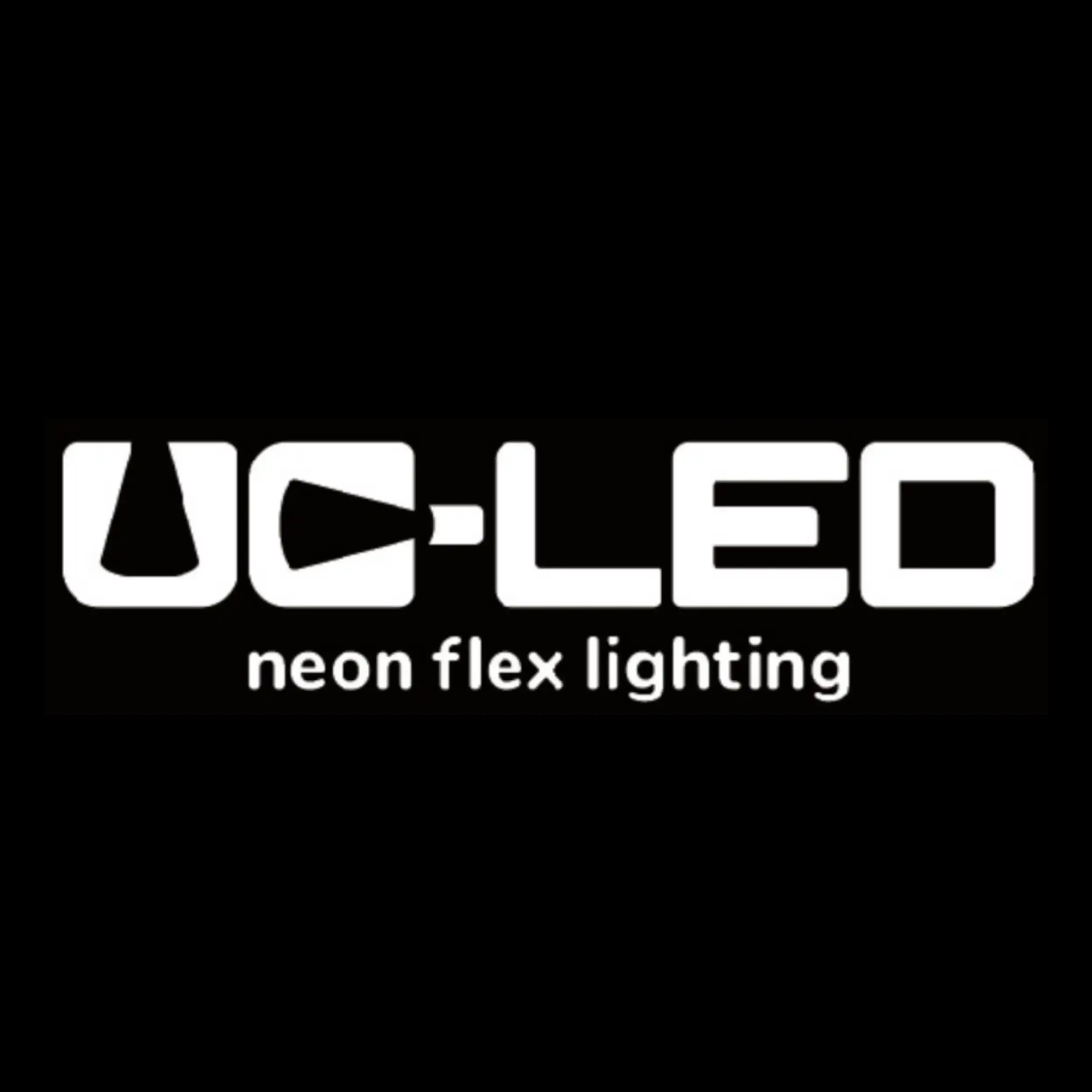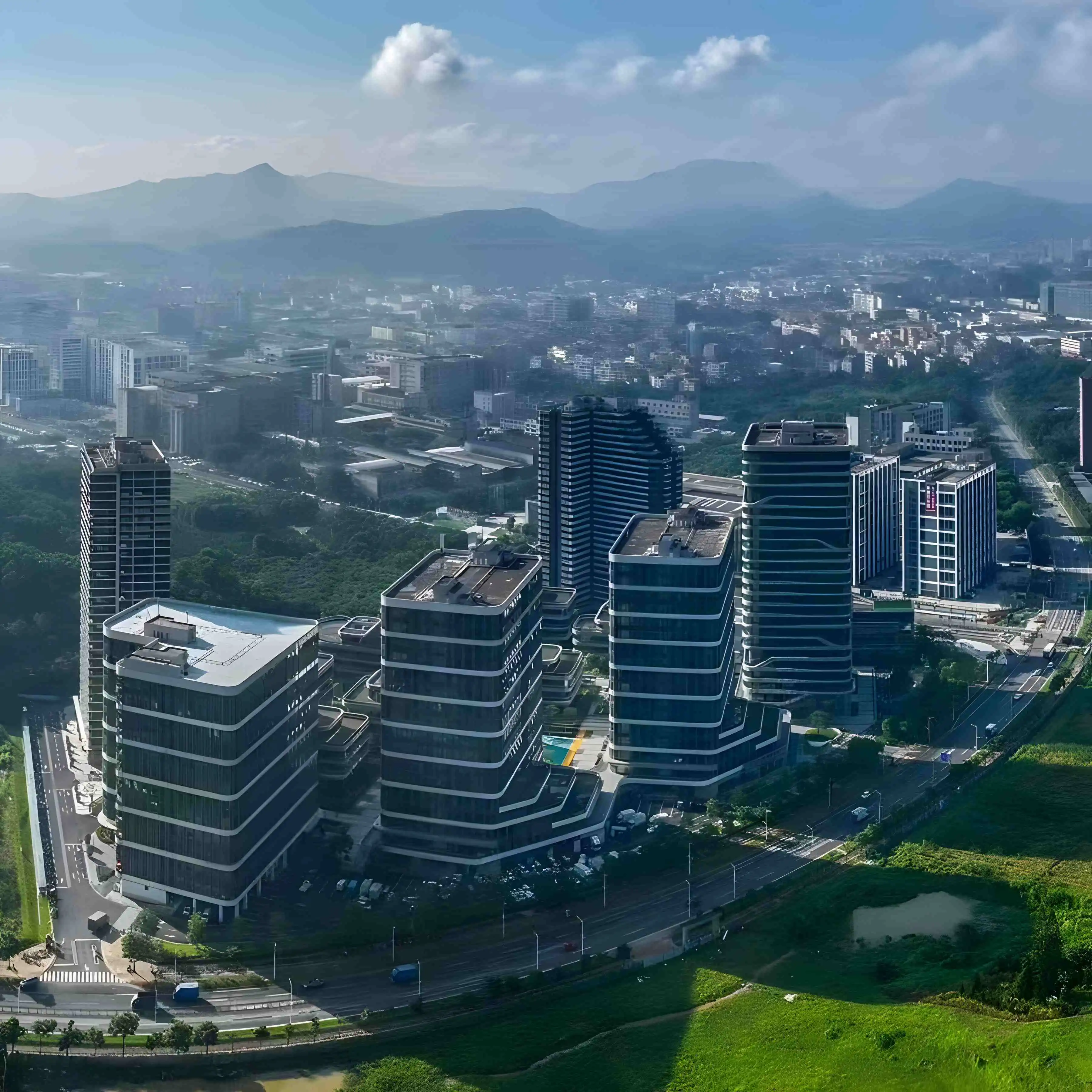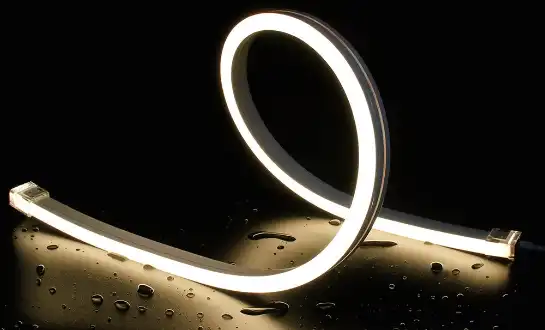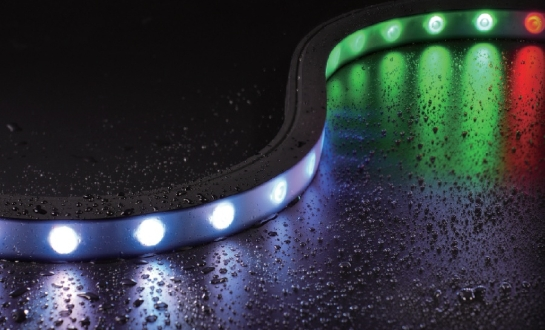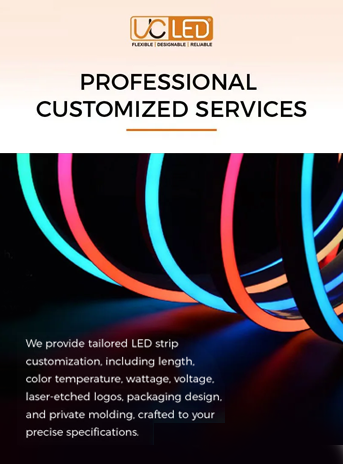Comprehending Top Bend LED Neon Flex and Its Versatility
Top Bend LED Neon Flex is a revolutionary lighting solution that offers unparalleled flexibility in design and application. This innovative product combines the classic look of neon with the energy efficiency and durability of LED technology. Unlike traditional neon tubes, Top Bend LED Neon Flex can be easily manipulated to create intricate shapes and designs, making it an ideal choice for both commercial and residential lighting projects.
Key Features of Top Bend LED Neon Flex
Top Bend LED Neon Flex boasts several features that set it apart from conventional lighting options:
- Flexibility: The ability to bend and shape the light strip in various directions without compromising its integrity.
- Energy Efficiency: LED technology consumes significantly less power compared to traditional neon lighting.
- Durability: Resistant to impacts, vibrations, and environmental factors, ensuring longevity.
- Customization: Available in a wide range of colors and can be cut to specific lengths.
- Easy Installation: Simplified mounting process compared to traditional neon tubes.
These features make Top Bend LED Neon Flex an exceptionally versatile solution for a wide range of lighting applications, enabling designers to create dynamic, visually striking installations in various settings. Its ability to form precise vertical bends and sharp angles makes it ideal for retail displays, signage, and lettering, as well as architectural accents and decorative elements. This combination of flexibility, durability, and consistent illumination ensures both functional and aesthetic lighting solutions that enhance any environment.
Applications of Top Bend LED Neon Flex
The adaptability of Top Bend LED Neon Flex opens up a world of creative possibilities in lighting design. Some popular applications include:
- Accent Lighting: Highlighting architectural features or creating visual interest in interior spaces.
- Signage: Crafting eye-catching, illuminated signs for businesses.
- Outdoor Lighting: Enhancing building facades, landscapes, and outdoor entertainment areas.
- Art Installations: Creating unique, light-based art pieces and sculptures.
- Mood Lighting: Setting the ambiance in hospitality venues like bars, restaurants, and hotels.
The versatility of Top Bend LED Neon Flex allows designers to push the boundaries of conventional lighting and create truly immersive environments.
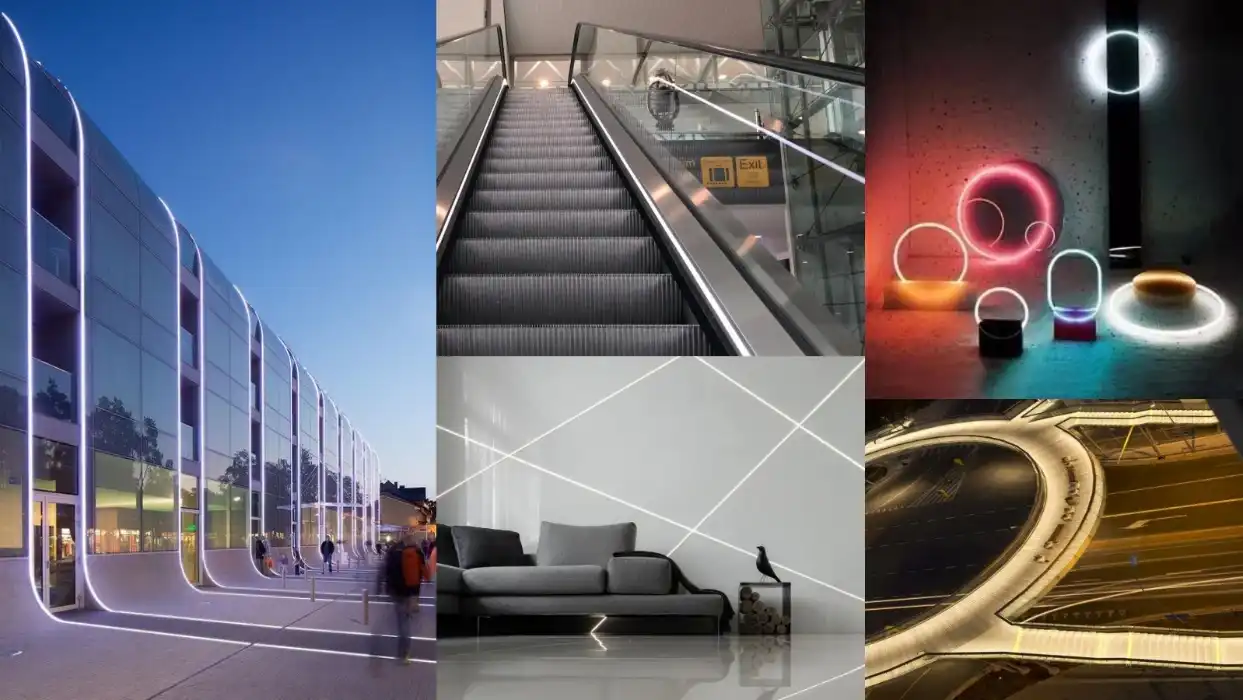
Factors Influencing Bending Direction in Lighting Design
When working with flexible lighting solutions like Top Bend LED Neon Flex, several factors come into play when determining the optimal bending direction:
Spatial Considerations
The physical characteristics of the space play a significant role in guiding the bending direction of your lighting design:
- Room Dimensions: The size and shape of the room can influence how light should be distributed for maximum impact.
- Ceiling Height: Varying ceiling heights may require different bending approaches to maintain visual balance.
- Architectural Features: Existing structures like columns, arches, or alcoves can serve as natural guides for bending directions.
- Windows and Natural Light: Consider how the bending direction interacts with incoming natural light throughout the day.
By carefully analyzing these spatial elements, designers can create lighting layouts that complement and enhance the existing architecture.
Functional Requirements
The intended purpose of the lighting installation should inform the bending direction:
- Task Lighting: For areas requiring focused illumination, bending directions should prioritize functionality.
- Ambient Lighting: Creating a general glow may involve more subtle, uniform bending patterns.
- Accent Lighting: Highlighting specific objects or areas may require precise, targeted bending techniques.
- Wayfinding: In commercial or public spaces, bending directions can guide foot traffic and improve navigation.
Balancing these functional needs with aesthetic considerations is key to a successful lighting design.
Aesthetic Goals
The visual impact of the lighting design is often the primary driver in determining bending direction:
- Style Consistency: Ensure the bending direction aligns with the overall design theme of the space.
- Visual Flow: Use bending patterns to create a sense of movement or lead the eye through the environment.
- Focal Points: Strategic bending can draw attention to key areas or features within a room.
- Layering: Combining different bending directions can add depth and dimension to the lighting scheme.
By considering these aesthetic factors, designers can create visually stunning and cohesive lighting installations.
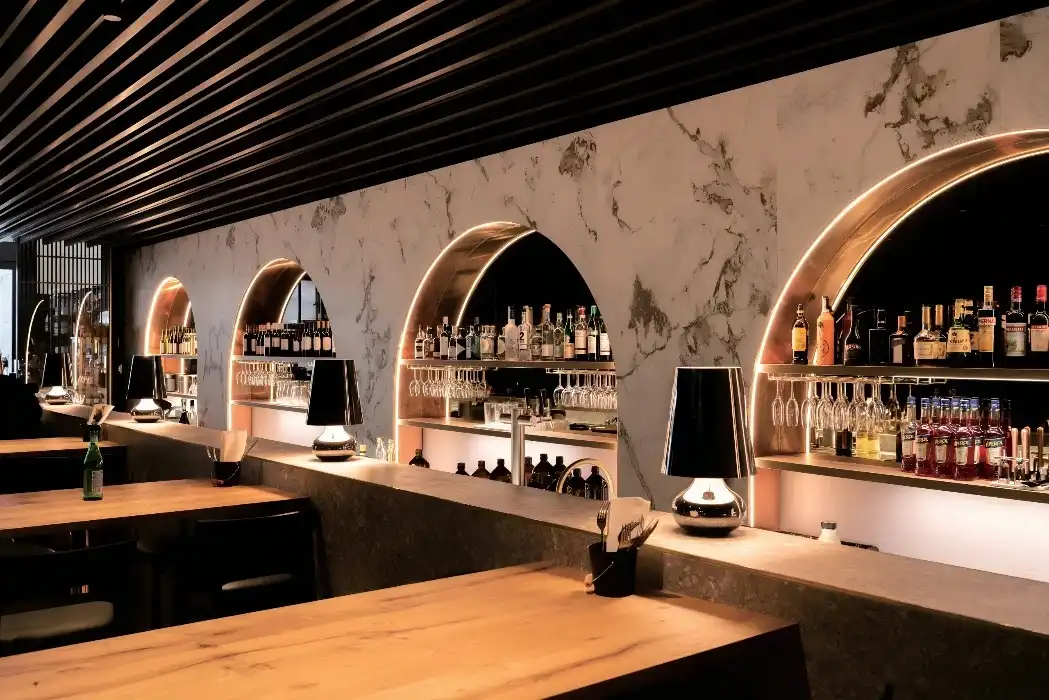
Techniques for Determining Optimal Bending Direction
To achieve the best results when working with Top Bend LED Neon Flex, consider employing the following techniques:
3D Modeling and Visualization
Utilizing advanced 3D modeling software can greatly assist in determining the ideal bending direction:
- Virtual Prototyping: Create digital mock-ups of different bending scenarios to visualize the end result.
- Light Distribution Analysis: Simulate how various bending directions affect light spread and intensity.
- Color Rendering: Assess how different bending patterns interact with color schemes and materials in the space.
- Client Presentations: Use realistic renderings to communicate design concepts effectively to stakeholders.
These digital tools allow designers to experiment with multiple options before committing to a final design.
On-Site Testing and Prototyping
While digital modeling is valuable, nothing beats hands-on experimentation:
- Sample Testing: Use short sections of Top Bend LED Neon Flex to test different bending directions in the actual space.
- Temporary Installations: Create full-scale, temporary setups to evaluate the impact of various bending patterns.
- Iterative Refinement: Adjust and fine-tune bending directions based on real-world observations and feedback.
- Photography and Documentation: Capture the results of different bending experiments for comparison and reference.
This hands-on approach allows designers to account for nuances that may not be apparent in digital simulations.
Collaborative Design Approach
Incorporating input from various stakeholders can lead to more innovative and effective bending solutions:
- Cross-Disciplinary Consultation: Collaborate with architects, interior designers, and electrical engineers for a holistic approach.
- Client Involvement: Engage clients in the decision-making process to ensure the design meets their vision and expectations.
- User Feedback: For public spaces, consider gathering input from potential users to optimize the lighting experience.
- Expert Guidance: Consult with lighting specialists who have extensive experience working with flexible LED solutions.
This collaborative method can yield unexpected insights and lead to truly unique lighting designs.
Conclusion
Determining the optimal bending direction for a lighting design using Top Bend LED Neon Flex requires a thoughtful balance of technical knowledge, creativity, and practical considerations. By carefully analyzing spatial characteristics, functional requirements, and aesthetic goals, designers can create stunning lighting installations that transform spaces and captivate viewers. The versatility of Top Bend LED Neon Flex opens up endless possibilities for innovative lighting solutions, making it an invaluable tool for lighting designers and architects alike.
When seeking a reliable Top Bend LED Neon Flex supplier or manufacturer, consider partnering with a company that offers expertise in custom lighting solutions and has a proven track record of delivering high-quality products. Look for manufacturers who provide comprehensive support throughout the design and implementation process, ensuring that your vision is brought to life with precision and excellence.
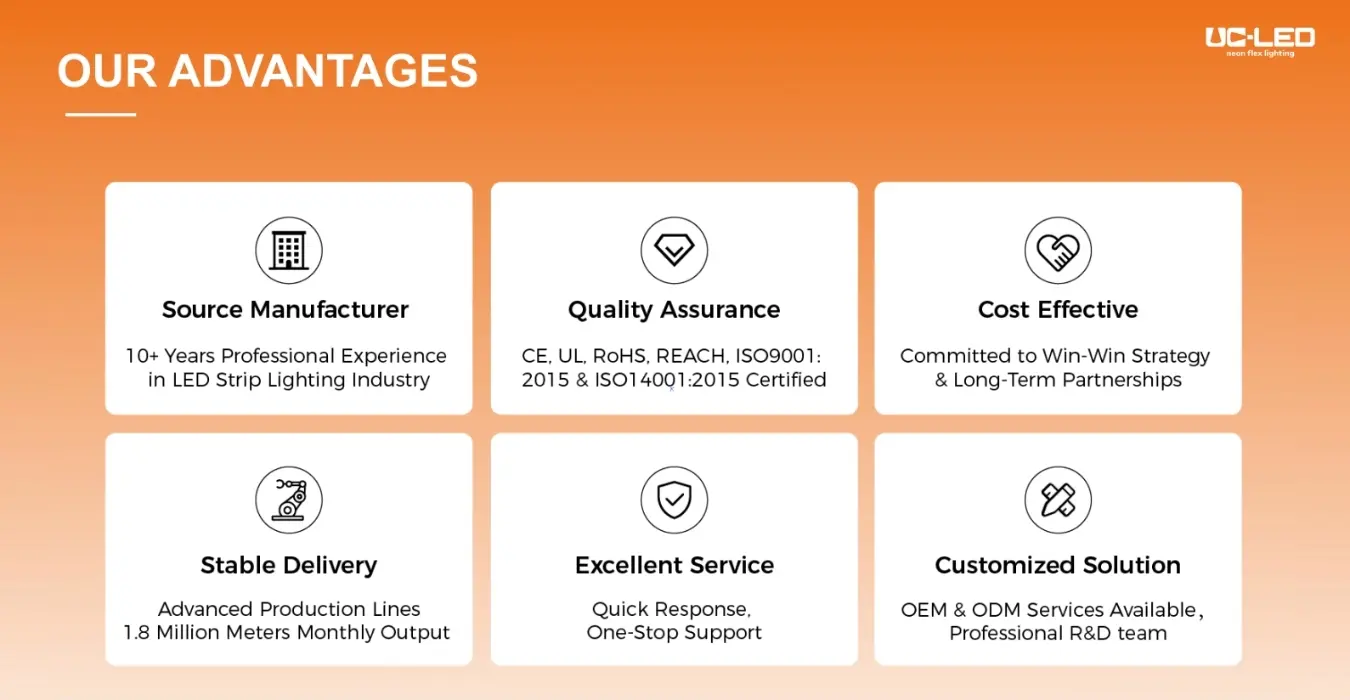
FAQ
What is the maximum bending angle for Top Bend LED Neon Flex?
The maximum bending angle typically ranges from 120 to 180 degrees, depending on the specific product. Always consult the manufacturer's specifications for precise details.
Can Top Bend LED Neon Flex be cut to custom lengths?
Yes, most Top Bend LED Neon Flex products can be cut at designated intervals, usually marked on the strip. However, it's crucial to follow the manufacturer's guidelines to avoid damaging the product.
Is Top Bend LED Neon Flex suitable for outdoor use?
Many Top Bend LED Neon Flex products are designed for both indoor and outdoor applications. Look for models with appropriate IP ratings for water and dust resistance when planning outdoor installations.
Transform Your Lighting Designs with Expert Guidance | QUAN HE
QUAN HE Lighting Co., Ltd. stands at the forefront of innovative lighting solutions, specializing in premium linear lighting products including Top Bend LED Neon Flex. With our state-of-the-art 5,000m² factory, advanced R&D capabilities, and commitment to quality, we offer tailored OEM and ODM services to bring your unique lighting visions to life. Trust our expert team to guide you in determining the perfect bending direction for your next lighting project. Contact us at Linda@uc-led.com to explore how our Top Bend LED Neon Flex can elevate your designs.
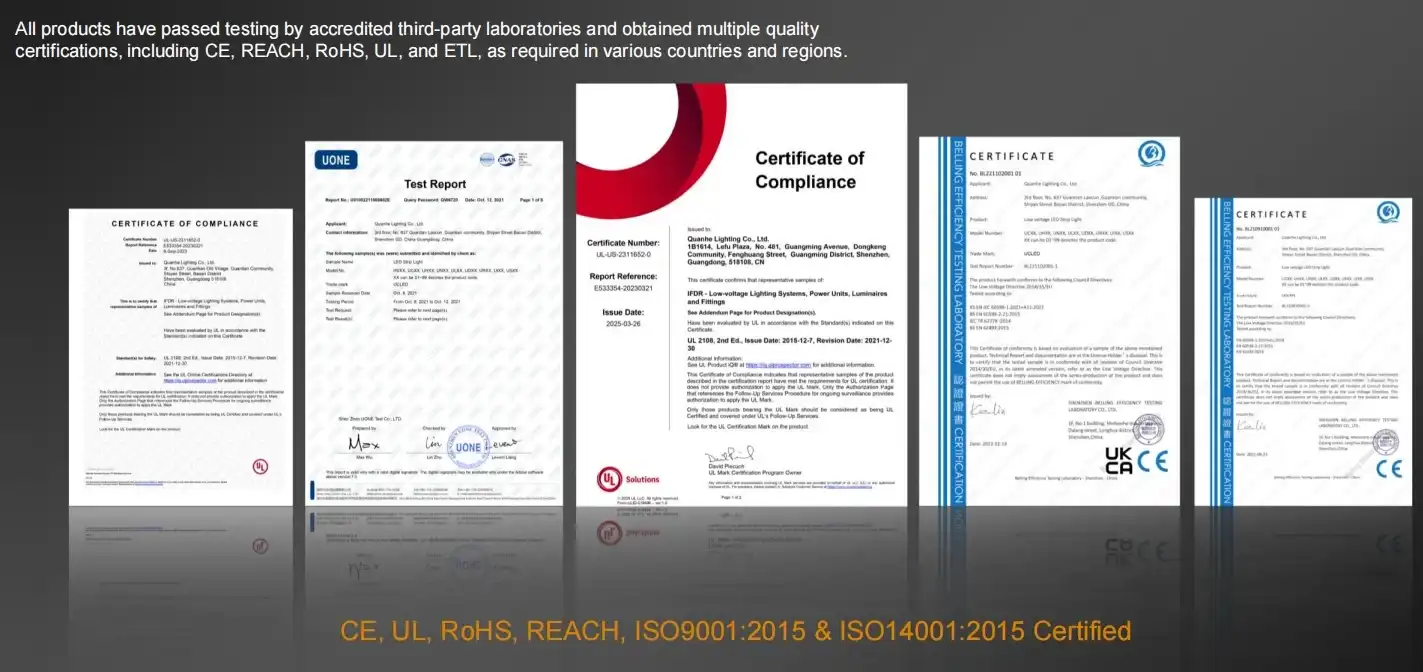
source: LED Light
References
1. Johnson, E. (2022). "Innovative Lighting Design: Principles and Applications of Flexible LED Solutions." Architectural Lighting Review, 18(3), 45-52.
2. Smith, A. R., & Brown, T. L. (2021). "The Impact of Bending Direction on Light Distribution in LED Neon Flex Installations." Journal of Illuminating Engineering, 56(2), 178-190.
3. Chen, X., et al. (2023). "Advancements in Top Bend LED Technology for Architectural Lighting." Progress in Optics and Photonics, 41, 312-328.
4. Martinez, L. F. (2020). "Spatial Considerations in Modern Lighting Design: A Comprehensive Guide." Urban Planning and Architecture Digest, 29(4), 201-215.
5. Wong, K. H., & Lee, S. Y. (2022). "Energy Efficiency and Aesthetics: Balancing Form and Function in LED Neon Flex Applications." Sustainable Design Quarterly, 15(1), 67-82.

